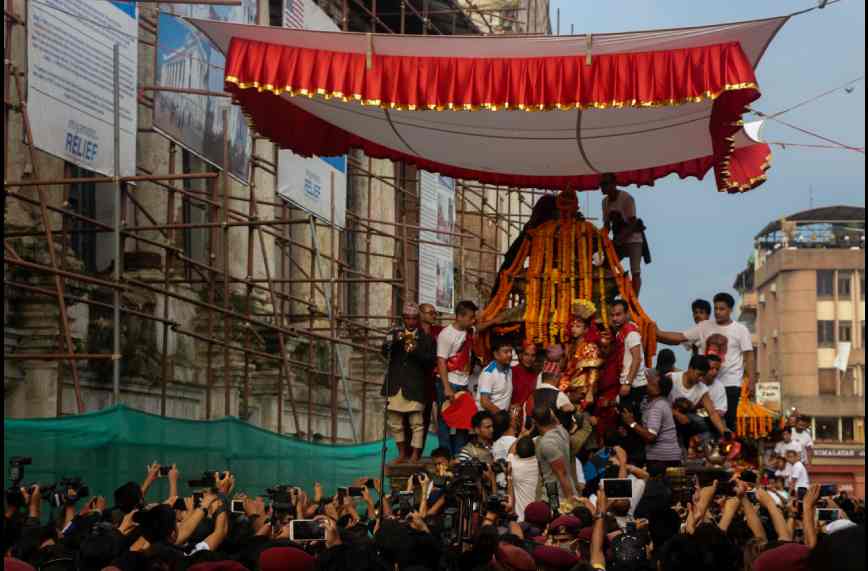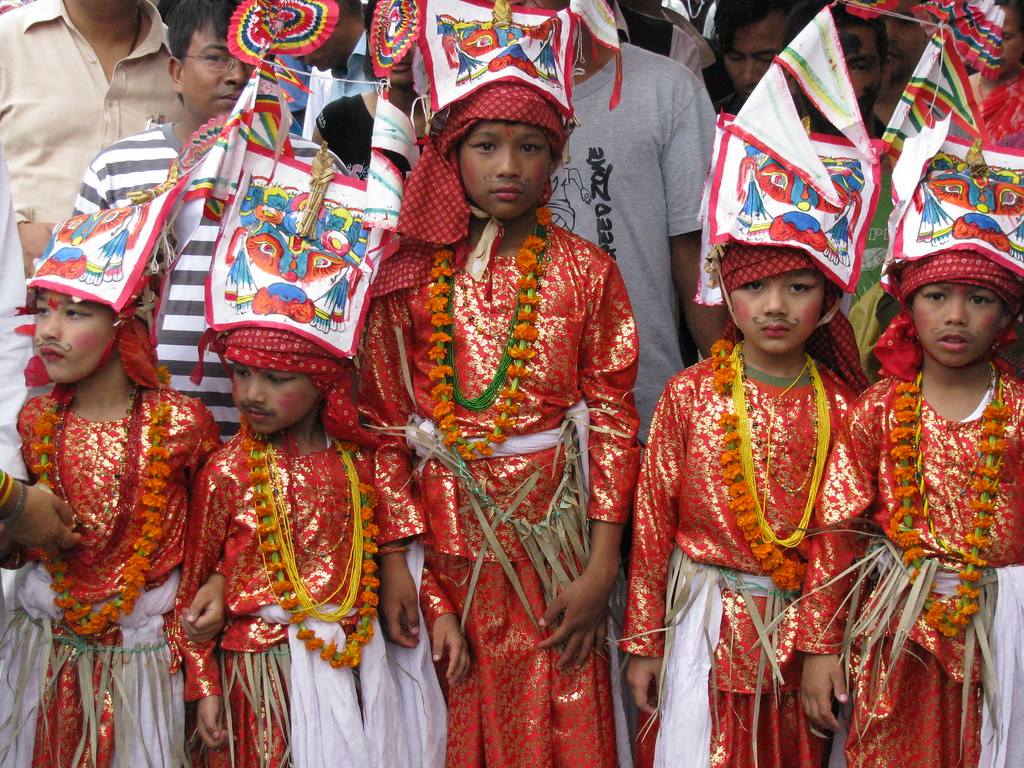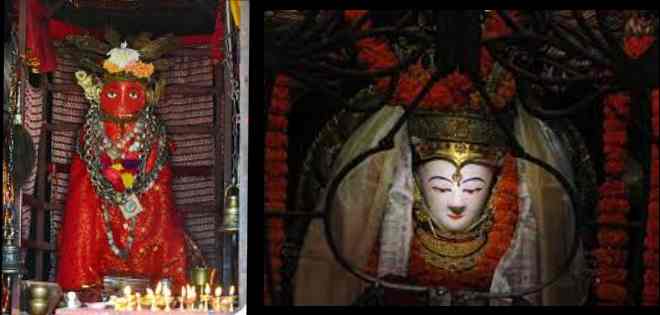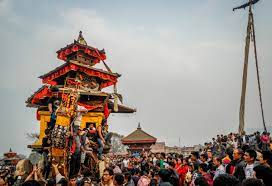"Jatra" in the Nepali language means "street festival", making the celebration a public and community affair. Here are some jatras you can observe throughout the year, with different historical and cultural significance, and portrayal of the celebration.
Bisket jatra
Bisket Jatra is Bhaktapur's most popular festival with both historical and cultural significance. People welcome spring through this jatra, which is held in mid-april. The main attraction of this jatra is Lyo sin dyo (Tug of War) , celebrated to remember the story of Serpents, exploring the glory of different gods and goddesses.
Indra jatra
World Day against Trafficking in Persons marked with renewed co...


An eight day long festival of the Newari community in Kathmandu valley, is a time to honour Lord Indra and his mother Dagini to bless the coming harvest. The jatra involves the Kumari, and two boys playing the roles of the gods Ganesh and Bhairab.
Ghode jatra

With the legend of Ghode Jatra, a demon called Tundi was terrorising people in Kathmandu Valley, and was finally slain, being trampled by horses. This jatra falls on the new moon of Charita Sulka Pakshya, with a grand horse paradee taking place in Tudikhel and high - end dignitaries attending the ceremony. The Nepelse army organises horse races, with the myth that the faster the horses run the quicker the spirit of the demon is subdued.
Gai jatra

Gai jatra is the festival of procession of cows, with people in the ancient times worshipping the "god of death" on this day. Traditionally, every family who died in that year must participate in a procession through the streets of Kathmandu leading a cow or the children dressing as one. After this parade, people take part in a tradition in which participants dressup and wear masks, singing, dancing until late evening. This festival enables people to accept the reality of death, healing grief and sorrow of an individual who lost their loved ones.
Machindranath jatra (rato/seto)

Rato Machindranath jatra is one of the most religious events of the newar community in Patan, and one of the longest chariot festivals. It is held in the beginning of monsoon to appease rain and grain to God Rato Machindranath.
Seto Machindranath jatra is celebrated by the newar community in Kathmandu Valley, where a small chariot is carried to Kamal Tindhara and around the core areas of Kathmandu city.
In both these Jatras, people pull the chariots to points of the valley.




































